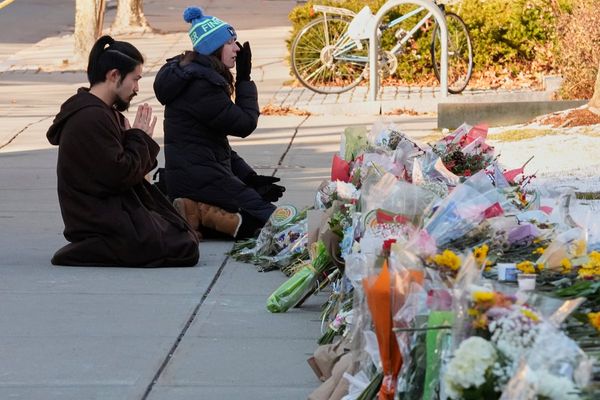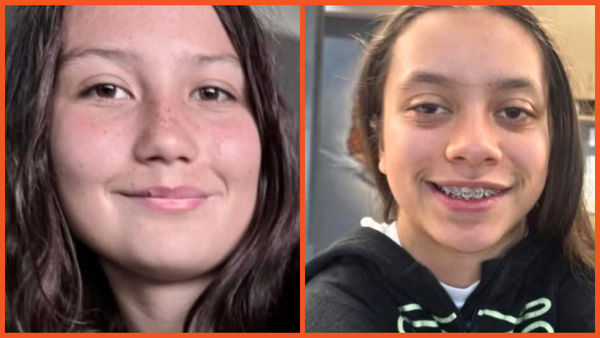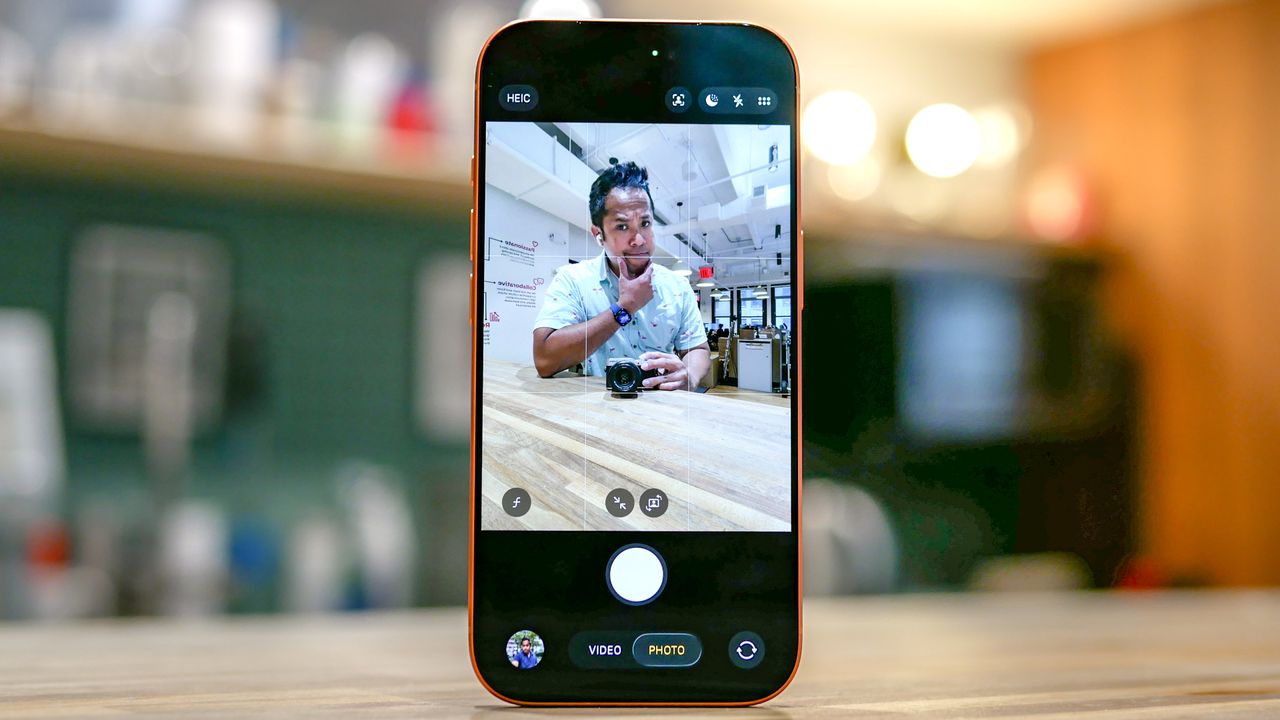
One of the new upgrades with the entire iPhone 17 lineup is the Center Stage camera. When Apple demoed it during its 'Awe Dropping' event, I was very skeptical about it. However, it turned out to be a big deal.
In my iPhone 17 and 17 Pro review, I mention how the new square-shaped sensor allows users to get the same framing options regardless of how they're held. Now you don't have to think about that, so you can snap your selfies right away and still get the perfect shots.
What's even better in my opinion is that it’s the same 18MP Center Stage camera in all of its new models, which is a big upgrade from the previous 12MP selfie cameras. Therefore, regardless of whether you get the cheaper iPhone 17, or the pricier iPhone Air, it’s the same Center Stage camera in all of them.
In order to definitively grade its performance, I put the new Center Stage camera to the test against some of the other best camera phone contenders out there — the Galaxy S25 Ultra and Pixel 10 Pro XL — to see how legit this new selfie shooter is.
iPhone 17 Pro Max vs Galaxy S25 Ultra
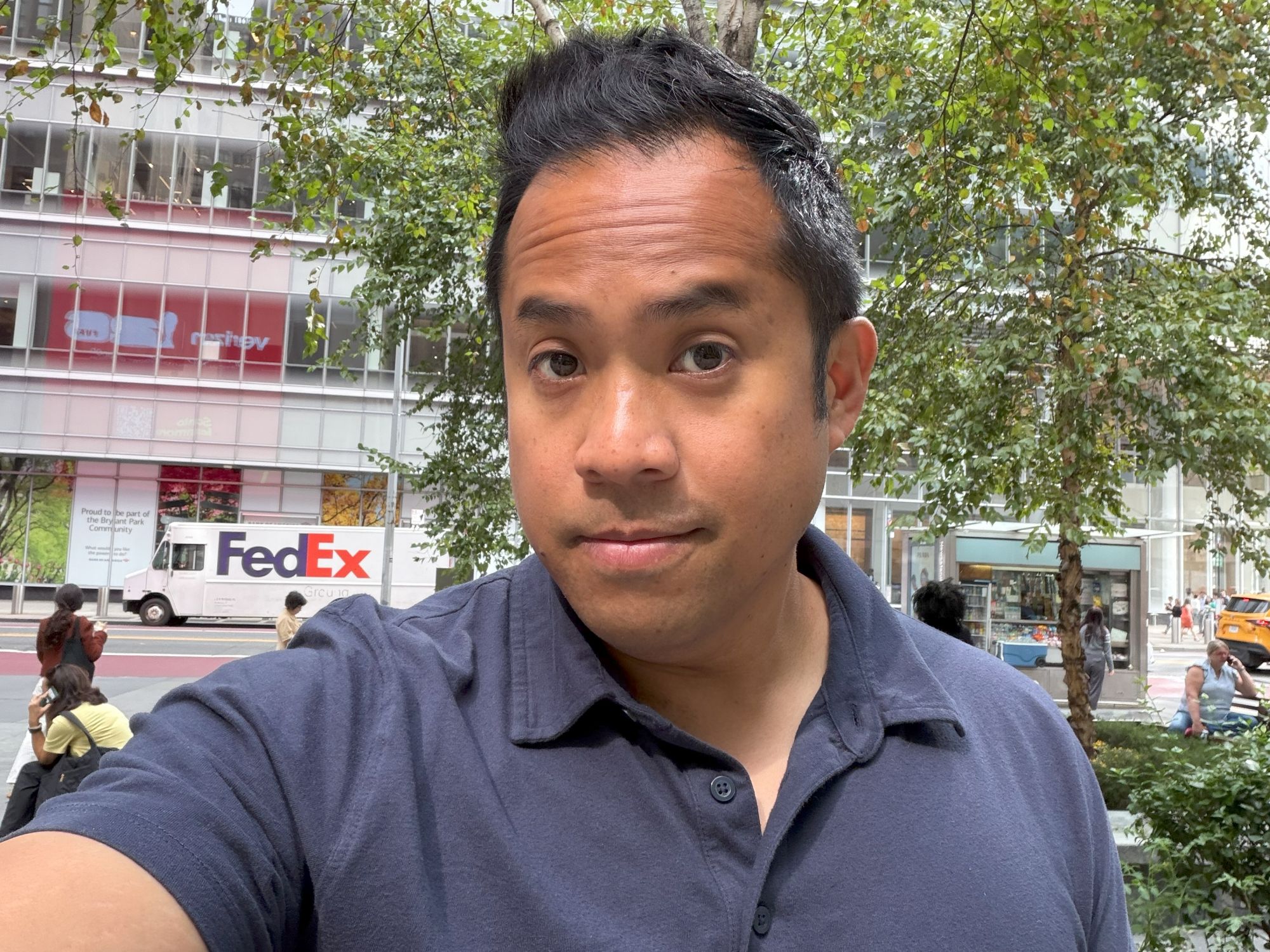
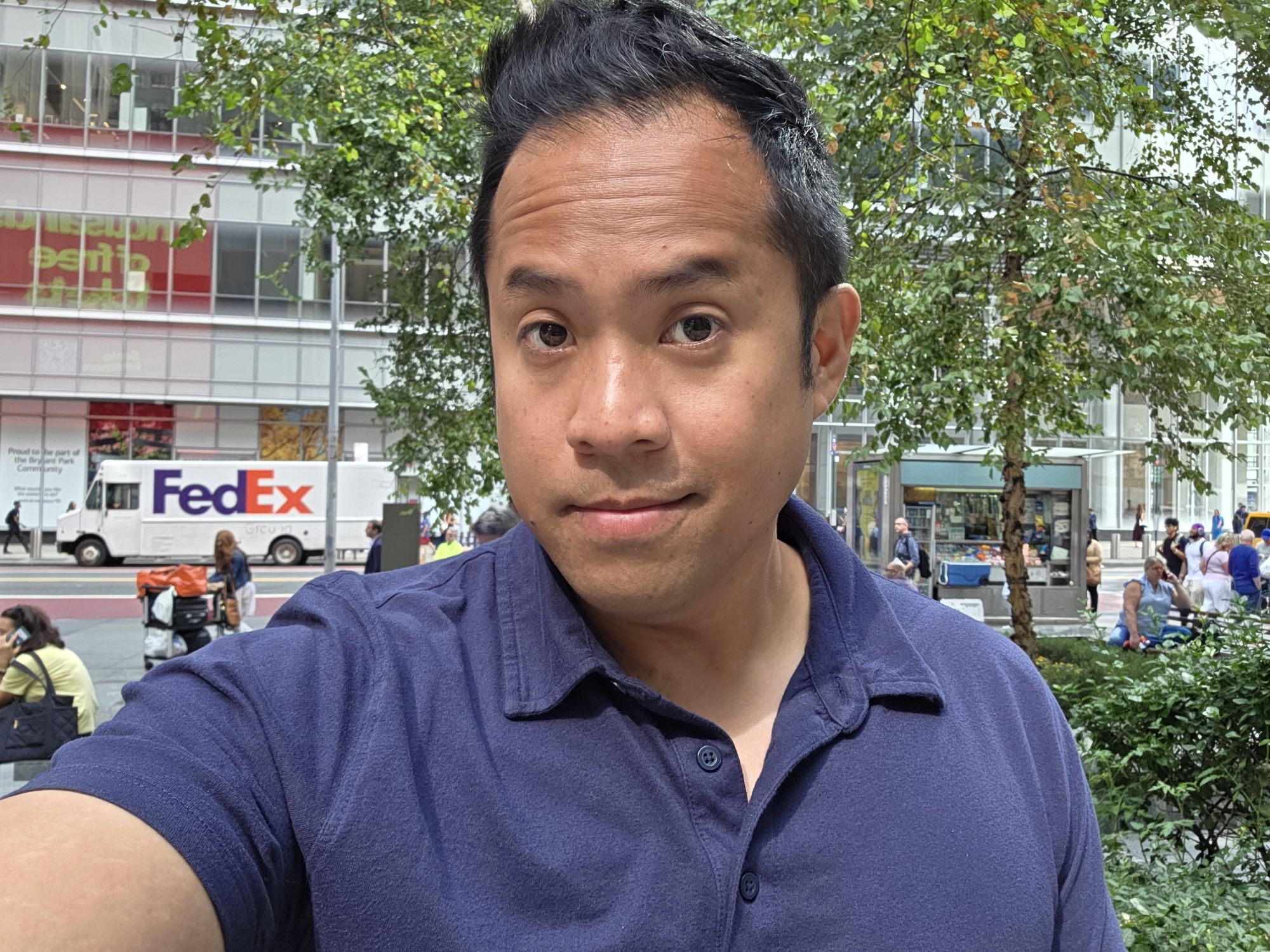
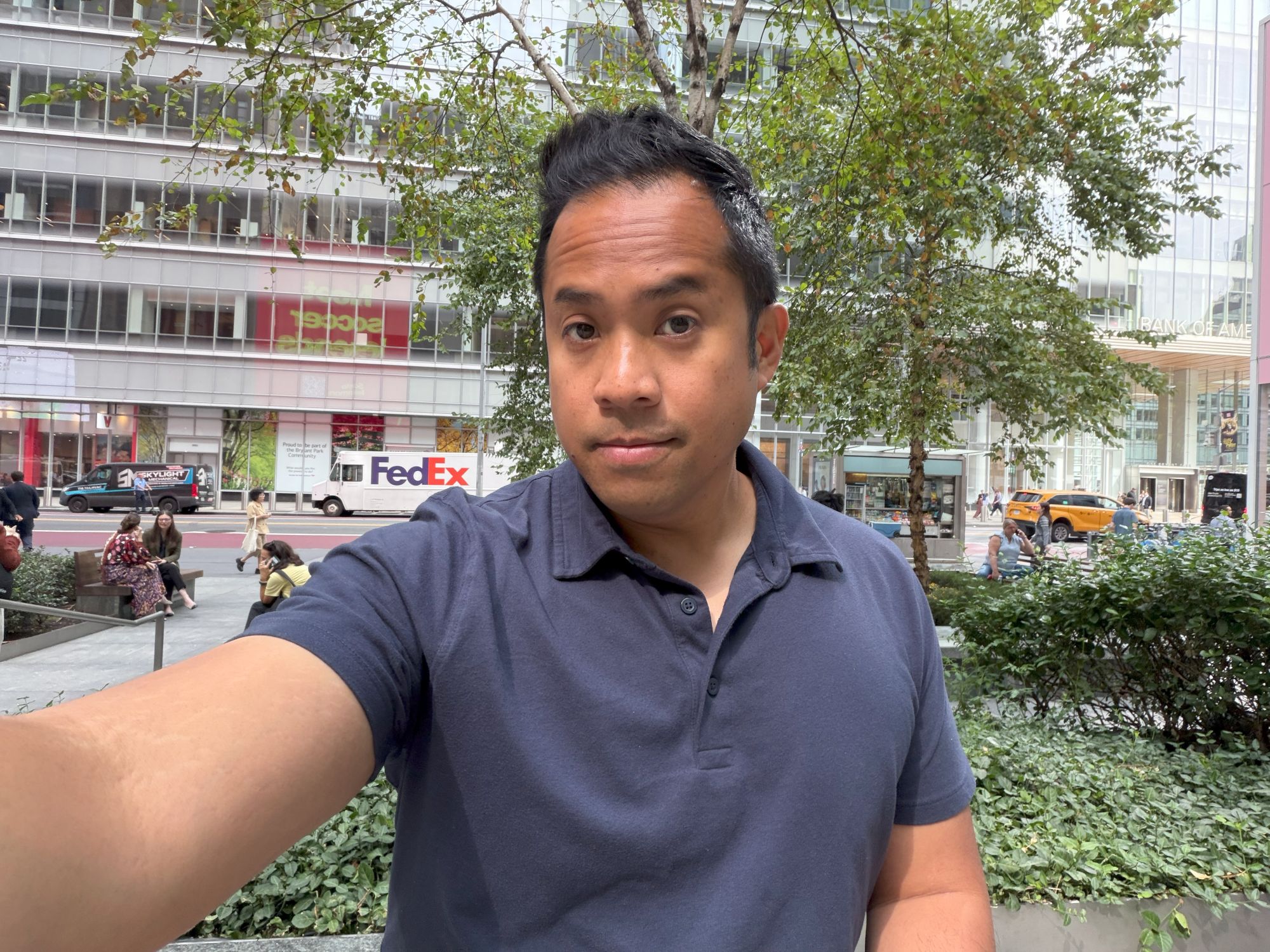
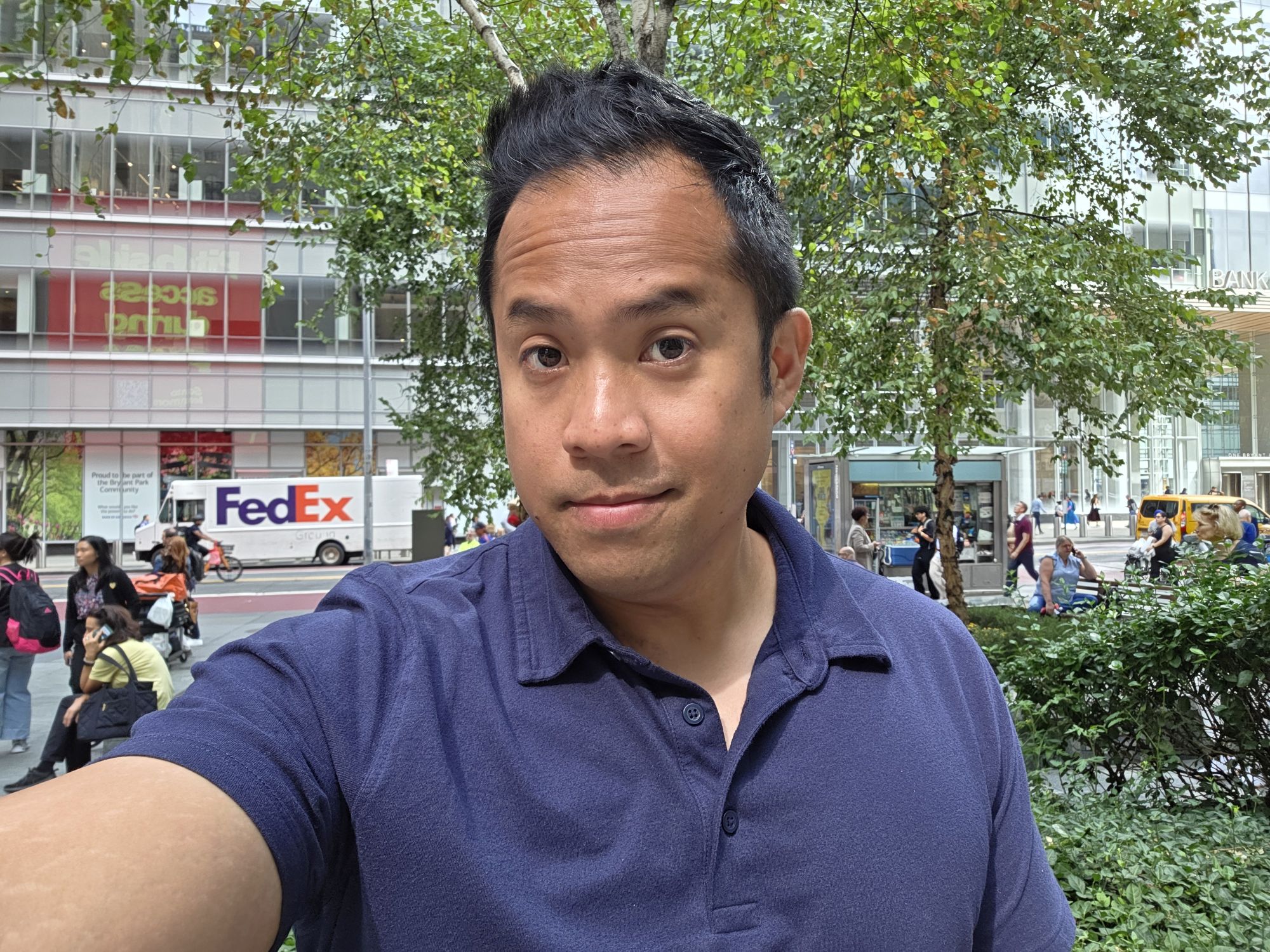




The Galaxy S25 Ultra has been one of the best camera phones for most of the year, and with good reason because of its strong performance and robust camera app. It’s armed with a 12MP selfie shooter and offers two framing options: standard and wide.
Right away it’s pretty apparent that the S25 Ultra has a wider field of view in both orientations. However, the iPhone 17 Pro Max saturates my skin tone just a bit more, resulting in an over-tanned look with my selfie. Details are pretty strong with both phones, like how I can make out the individual hairs along my hairline, but looking at my shirt, the iPhone makes it look way sharper.
iPhone 17 Pro Max vs Pixel 10 Pro XL

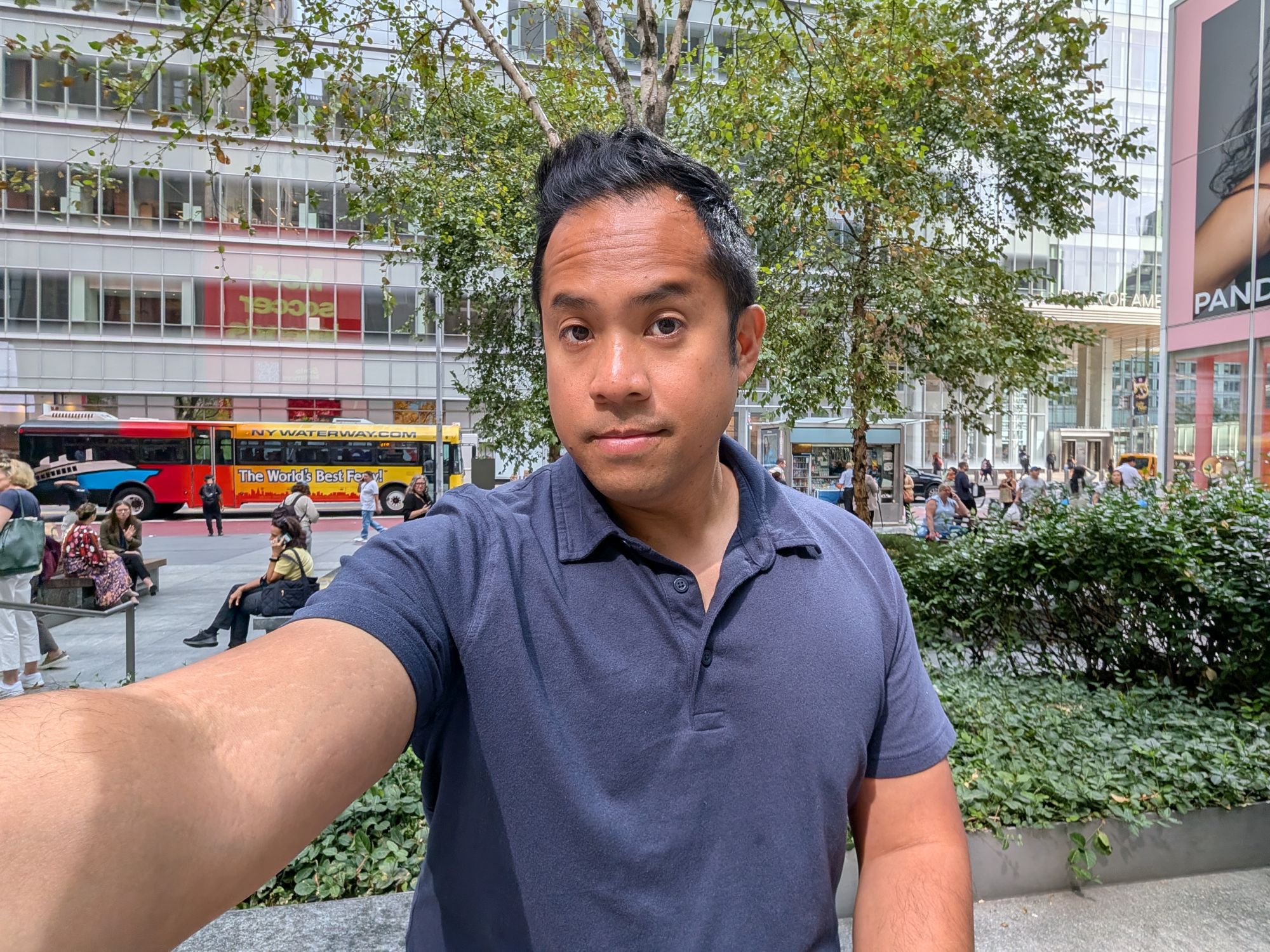

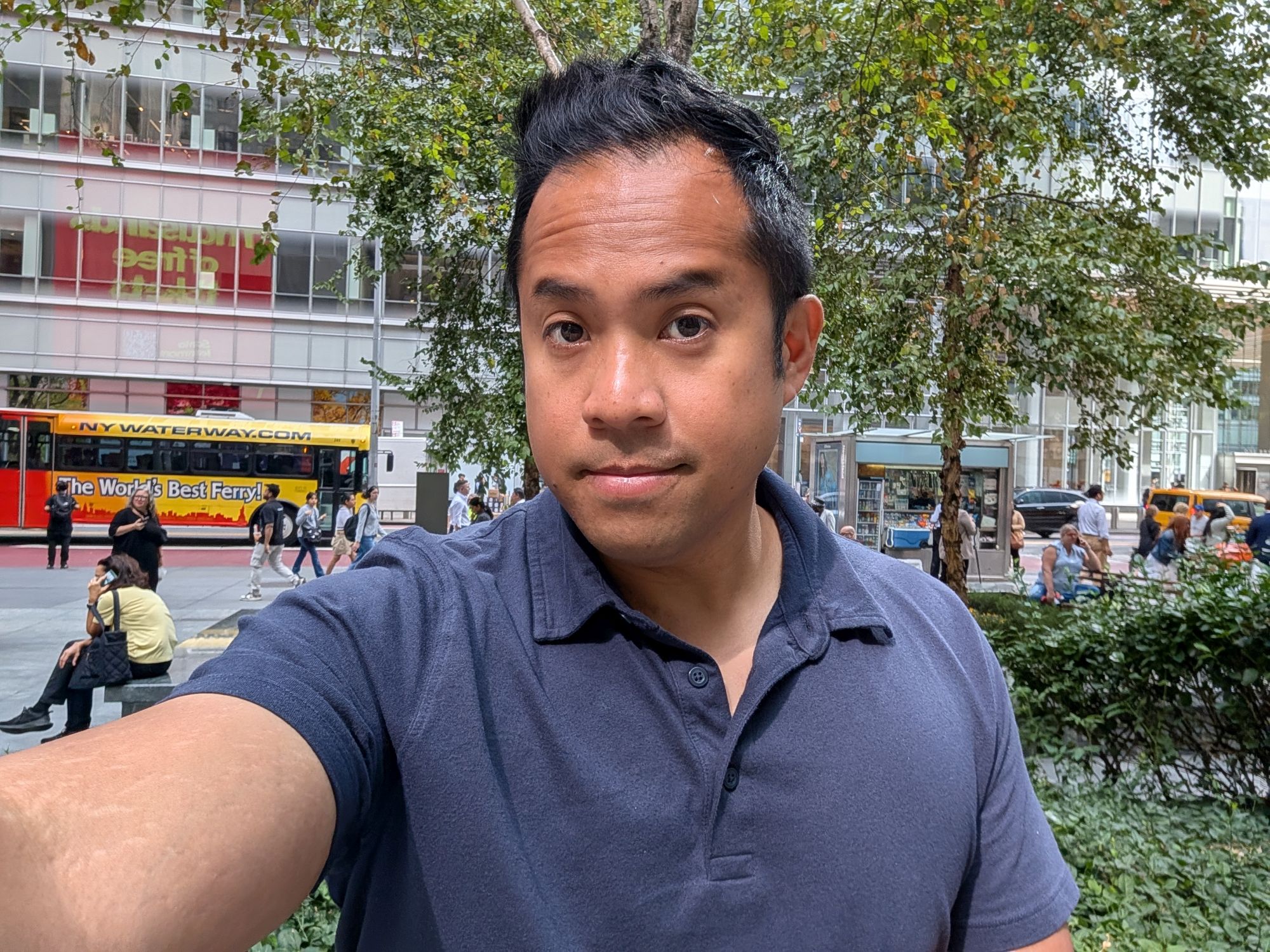



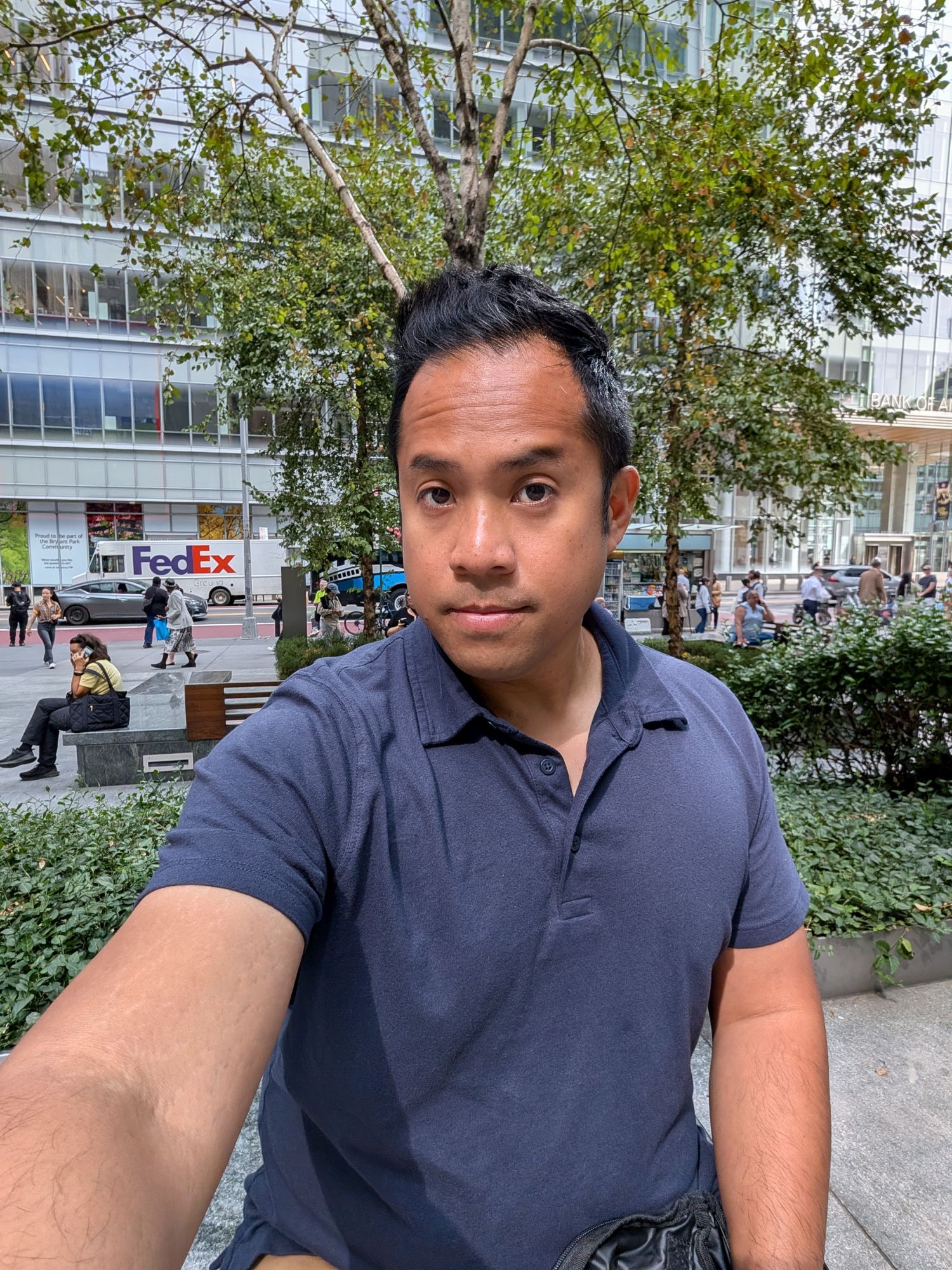
One of the biggest matchups for Apple’s Center Stage camera is against the Pixel 10 Pro XL. When it comes to selfie cameras, its 42MP front camera is a specs monster — way more intimidating on paper than the 18MP sensor of the iPhone 17 Pro Max. But you shouldn’t always judge a book by its cover.
From the same arm’s length view, it appears as though the Pixel 10 Pro XL has a wider field of view — but it’s hard to say for sure because Apple doesn’t explicitly say what it offers. The Pixel has a 103-degree field of view.
Zooming into the details, I can tell that the Pixel 10 Pro XL applies more over-sharpening, which impacts the definition of my shirt and facial features. Plus, I don’t like Google’s color science because it makes me look devoid of color.
iPhone 17 Pro Max vs Galaxy Z Flip 7

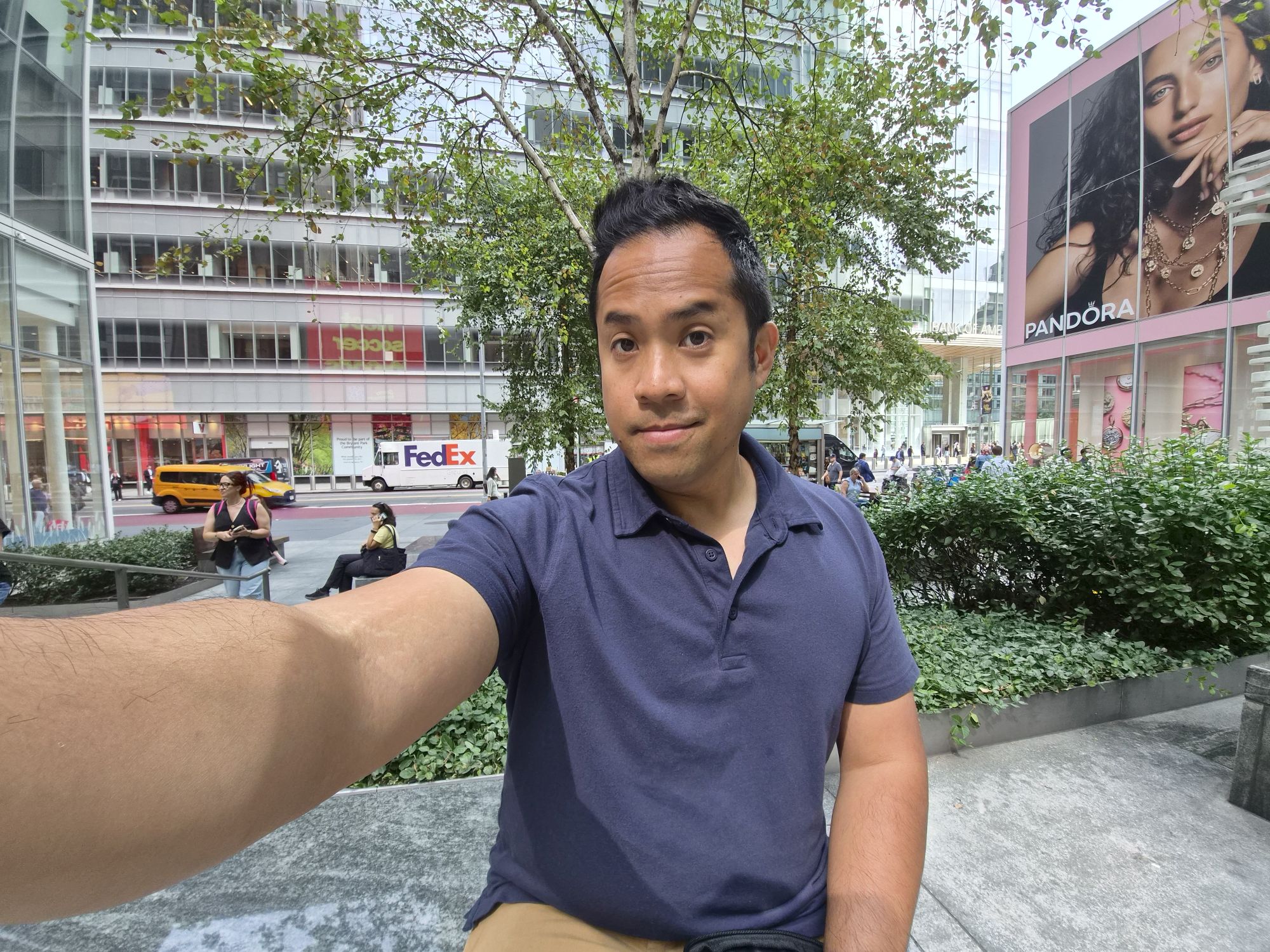

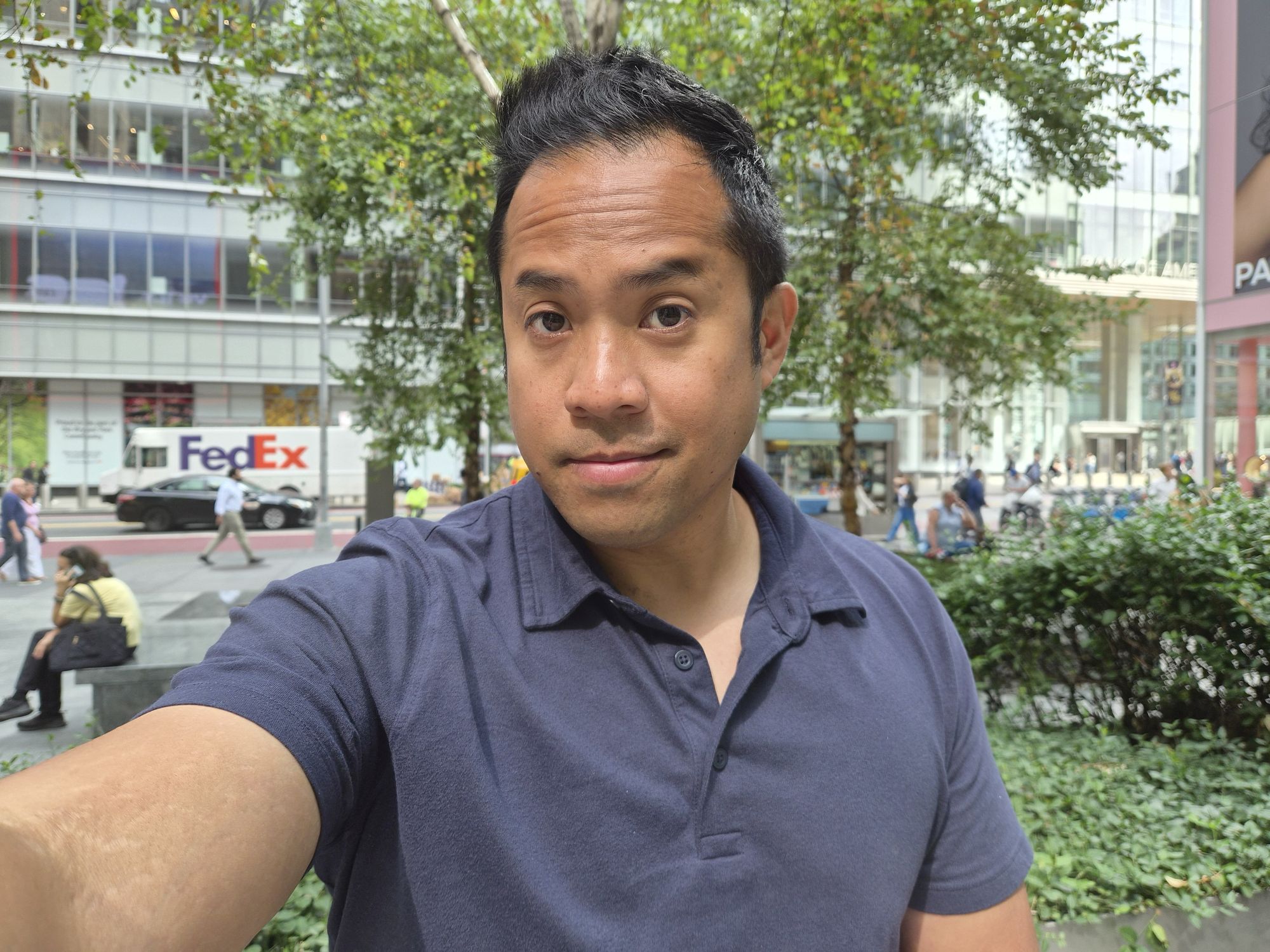

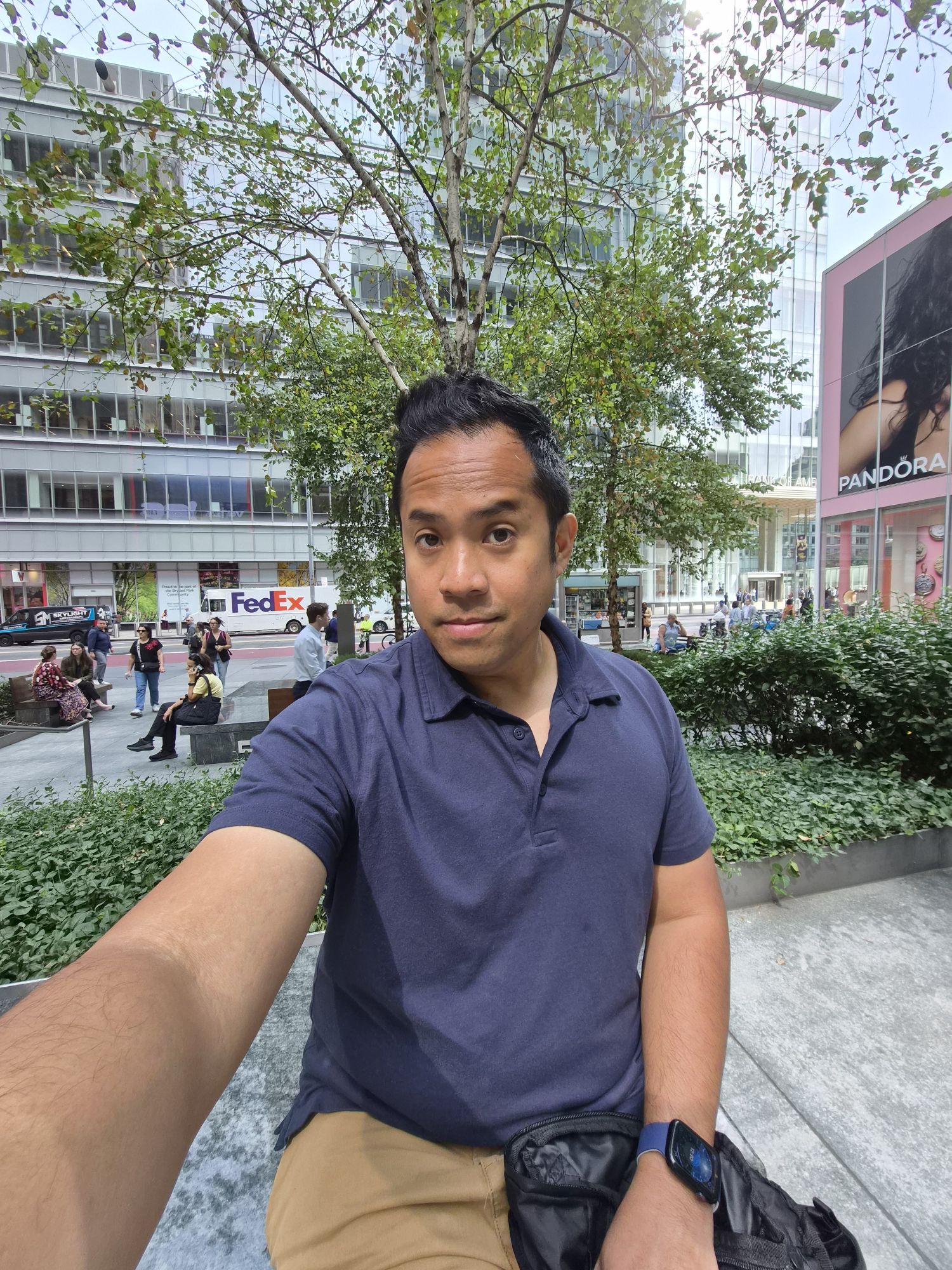


Not only is the Galaxy Z Flip 7 one of the best foldable phones around, but it’s also one of the few to make our best camera phones list as well. The reason why I’m throwing it into this comparison against the Center Stage camera is to illustrate how flip-style phones like it can give you better selfies.
Instead of relying on its dedicated 10MP selfie camera, I often lean on using its external cover screen with its rear camera — and the results are not surprising. When using its 50MP main camera for selfies, the Galaxy Z Flip 7 has a wider capture than the iPhone’s standard selfie zoom. Upon closer inspection, however, the Center Stage camera captures just as much detail and definition. I also think it’s the same when comparing the iPhone’s wider capture against the Z Flip 7’s standard one.
While the 12MP ultrawide camera of the Z Flip 7 is obnoxiously wider, the downside is that it’s way too soft with the details. For example, many of my facial features look smudgy by comparison.
iPhone 17 Pro Max vs iPhone 16 Pro Max

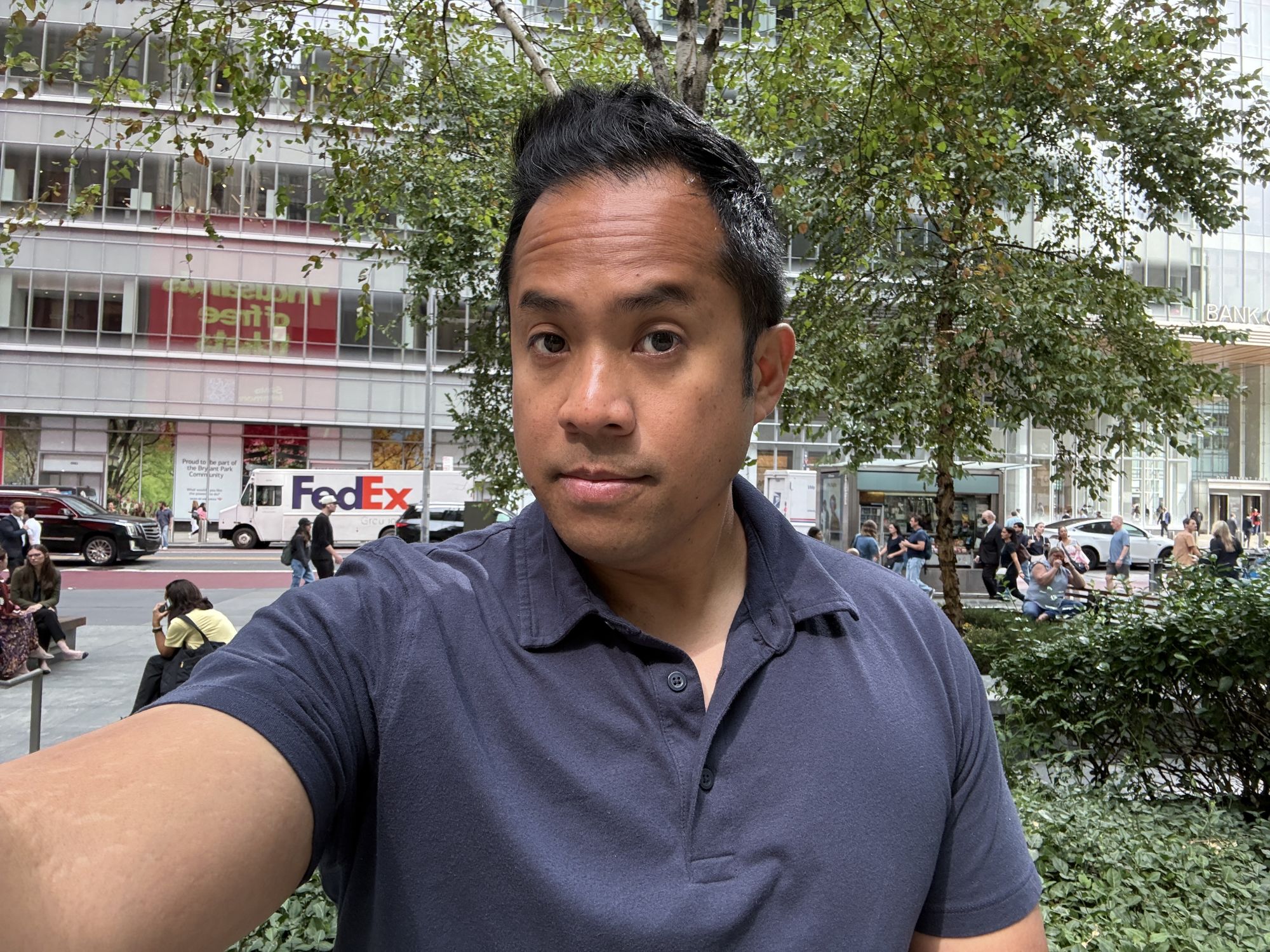

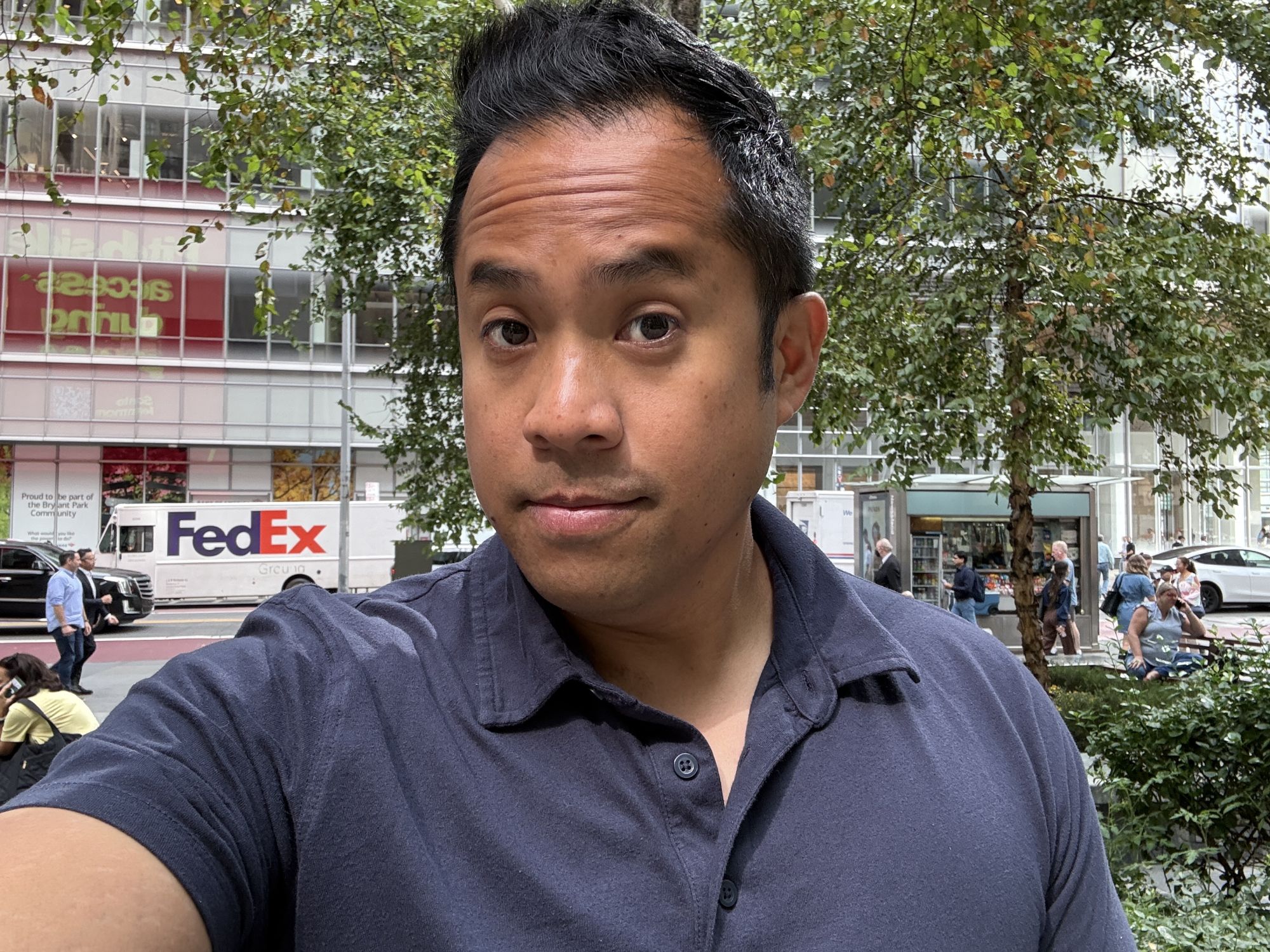




Now the big question I want to answer is whether or not the new Center Stage camera actually delivers better results than before. That’s why I also snapped the same set of selfies with the iPhone 16 Pro Max, which features a 12MP TrueDepth camera.
Again, the iPhone 17 Pro Max is able to capture more of the scene, but I wouldn’t discount what the iPhone 16 Pro Max delivers. The biggest difference between the two is the selfies taken with the wider view, which really shows in the portrait shots above as the iPhone 17 Pro Max covers more of my torso.
And while there’s no leap in how it captures details, I want to point out that there’s still strong definition with the iPhone 17 Pro Max’s Center Stage camera when I crop it to match the same framing as the iPhone 16 Pro Max. Those extra pixels do make a difference because it means I can crop the iPhone 17 Pro Max’s selfies without compromising its detail. However, I do like how the iPhone 16 Pro Max’s skin tone.
iPhone 17 Pro Max vs iPhone 17

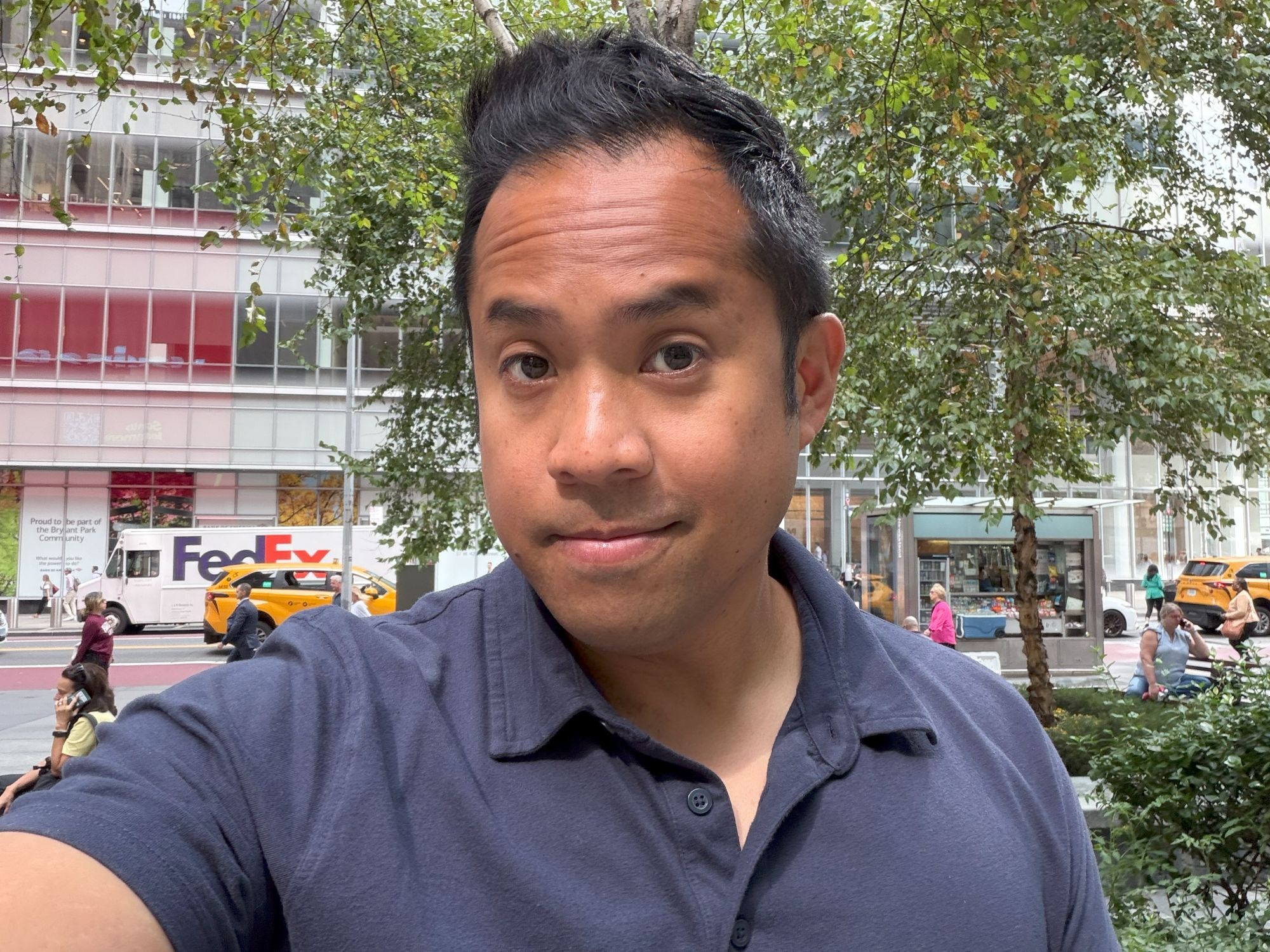

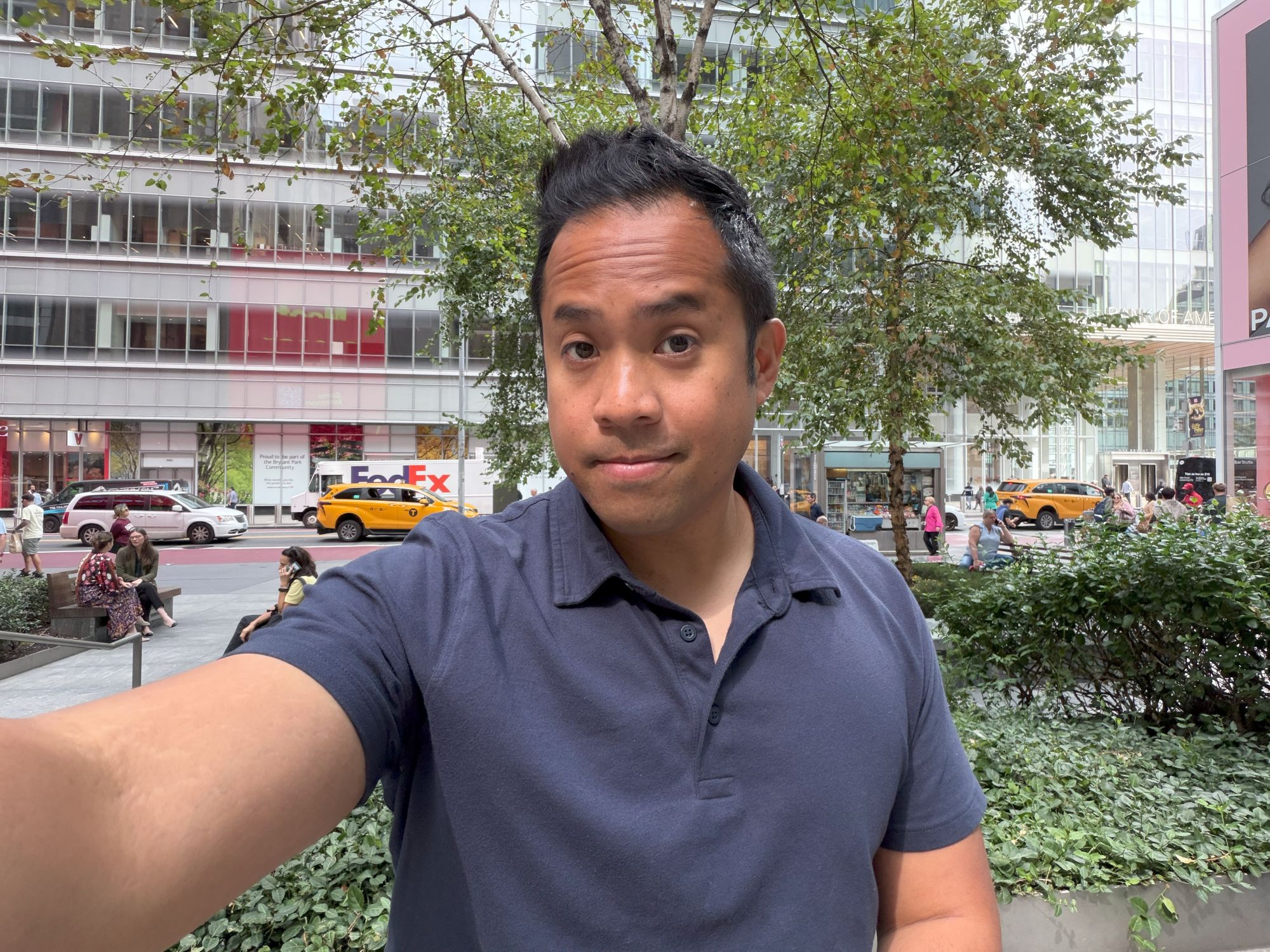




And finally, there’s the selfie shots between the iPhone 17 Pro Max and iPhone 17. What I want to illustrate here is that they both have the same 18MP Center Stage cameras, so I’m not surprised that the results are similar — including how it likes to oversaturate my skin tone. Nevertheless, it proves a point that regardless of which new iPhone you get, it’s the same front camera on all of them.
Bottom Line
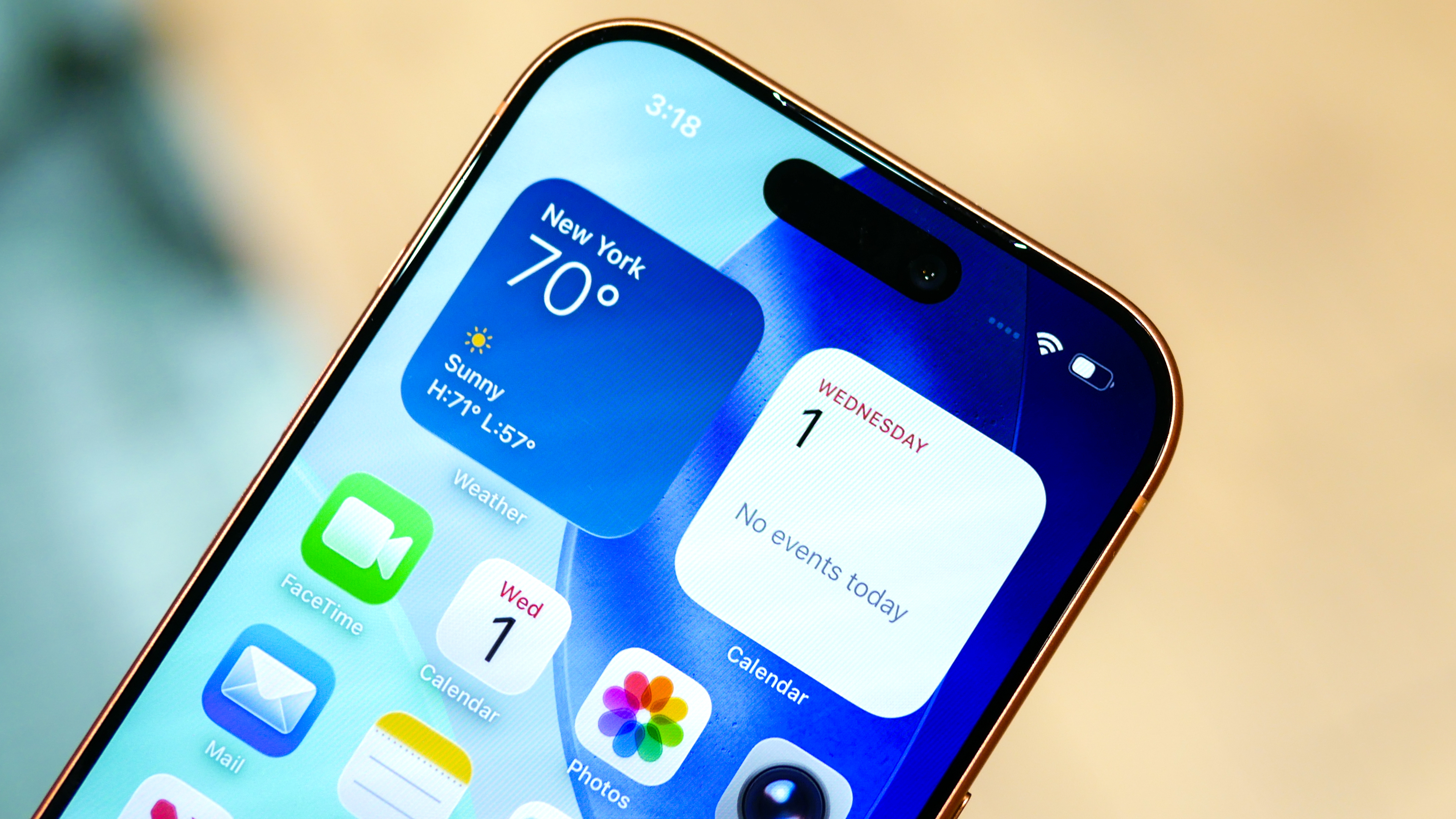
Apple does several things right with its Center Stage camera. Above all, the results show that it offers a wider field of view than any other front-facing camera. The exception in this comparison is the Galaxy Z Flip 7, which benefits from pairing its ultrawide camera with its cover screen.
Besides that, the extra range gives you the ability to not only include more faces into the frame, but it doesn’t sacrifice the details. When you’re adamant about the quality of your selfies, like skin tones and dynamic range, the Center Stage camera sets the bar.
Follow Tom's Guide on Google News and add us as a preferred source to get our up-to-date news, analysis, and reviews in your feeds. Make sure to click the Follow button!

